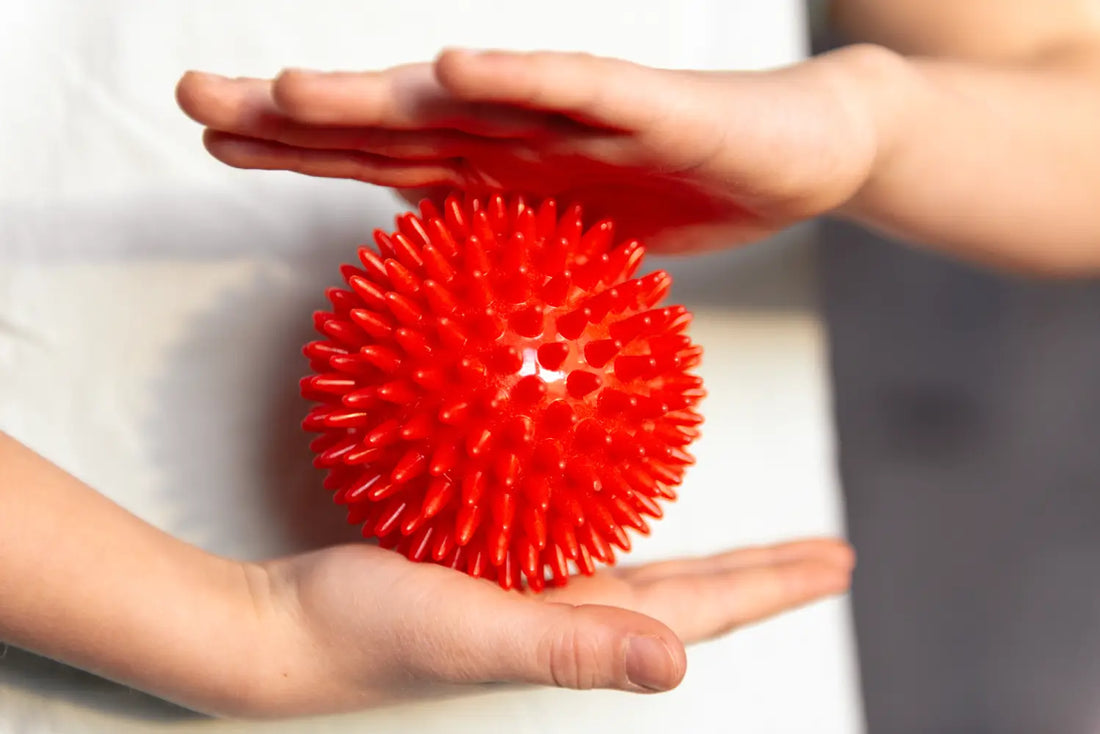
5 Signs Your Child May Benefit from Sensory or Fidget Toys
Share
Not all toys are just for fun—some can make a big difference in your child’s emotional regulation, focus, and development. Sensory toys and fidget toys have gained popularity for their ability to help kids (and adults!) manage stress, stimulate the senses, and improve attention.
But how do you know if these tools are right for your child? If your little one is constantly in motion, struggles to focus, or needs help managing emotions, these five signs can help you determine if sensory toys or fidget toys might support their growth.
1. Your Child Is Easily Distracted or Struggles to Focus
If your child has trouble sitting still during homework or class, a Push Slider Fidget Toy might be just what they need.
- Helps manage attention for kids with ADHD or hyperactivity
- Provides quiet, non-disruptive stimulation
2. They Seek or Avoid Certain Sensory Experiences
Does your child avoid loud noises or love squishy textures? That’s a strong cue for sensory processing sensitivity.
- Tactile toys help desensitize gently
- Items like water beads and squishies satisfy sensory seekers
3. They Have Trouble Managing Emotions or Transitions
Big emotions can overwhelm little minds. A fidget can serve as a calming anchor in challenging moments.
- Try oral sensory items for soothing routines
- Build a small sensory kit for travel or school transitions
4. You Notice Delays in Fine Motor Skills
Delays in writing or buttoning could point to underdeveloped motor coordination. Fidgets can build strength and dexterity over time.
- Use magnetic building blocks to boost grip control
- Pop tubes and clickers are great for finger strength
5. They're Constantly Touching, Moving, or Fidgeting
Constant movement may signal your child needs additional sensory input to feel regulated.
- Fidget cubes and sliders offer focused movement
- Special needs toys can provide structured stimulation
Why Sensory and Fidget Toys Are Effective
Backed by occupational therapy research, these toys help support:
- Calmness and emotional regulation
- Improved focus and attention span
- Hand-eye coordination and spatial awareness
According to the American Occupational Therapy Association, sensory integration tools can positively impact learning and behavior for children with sensory challenges.
Table: Common Benefits by Toy Type
| Toy Type | Best For | Recommended Age |
|---|---|---|
| Fidget Toys | Focus, stress relief, ADHD, anxiety | 6 years to adult |
| Sensory Toys | Sensory seeking/avoidance, calm down routines | 4 years and up |
| Magnetic Building Blocks | Fine motor skills, spatial learning, creative play | 4 to 12 years |
Where to Start
Begin with a small, thoughtful selection based on your child’s behaviors. Not sure where to begin?
- Explore our top fidget toys
- Browse sensory-friendly options
- Or check out our special needs toys curated by therapists and educators
If your child shows signs of sensory or focus-related needs, sensory and fidget toys can be more than helpful—they can be transformative. These tools offer support, growth, and even a little fun along the way.
Still have questions? Contact us or explore our full collection of sensory toys and fidget tools.

Share this Infographic
Copy the HTML below to embed this infographic on your website:
